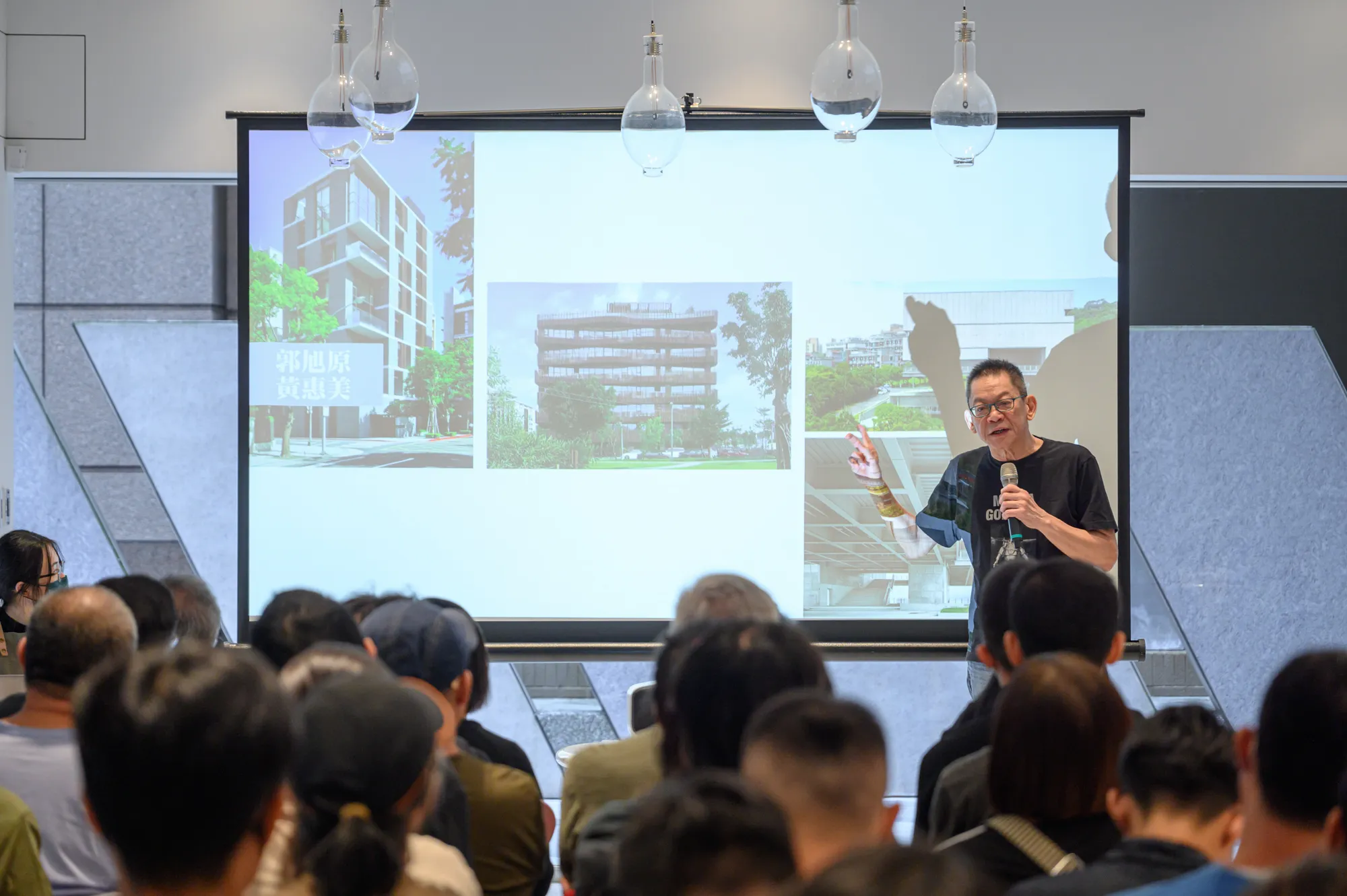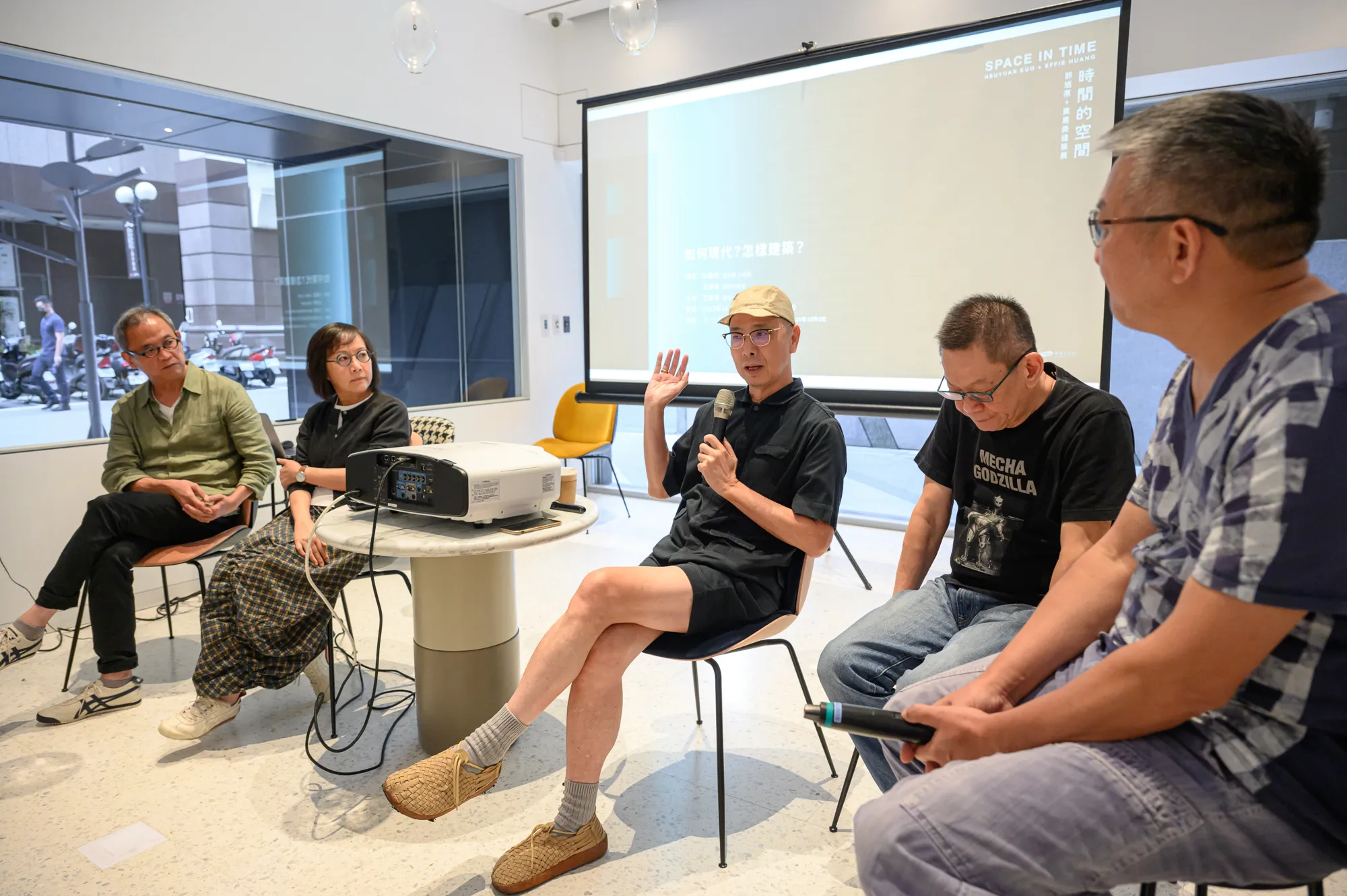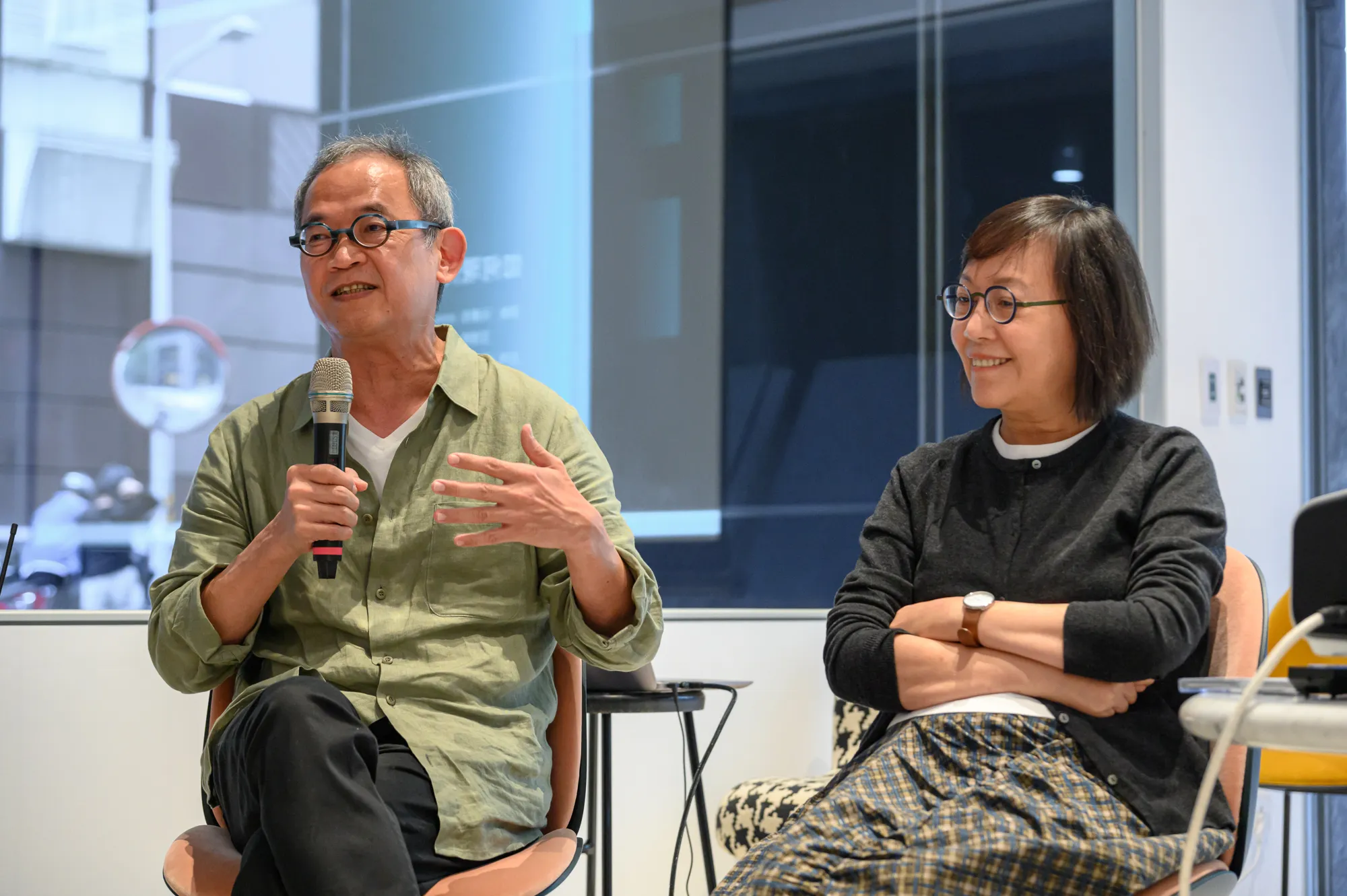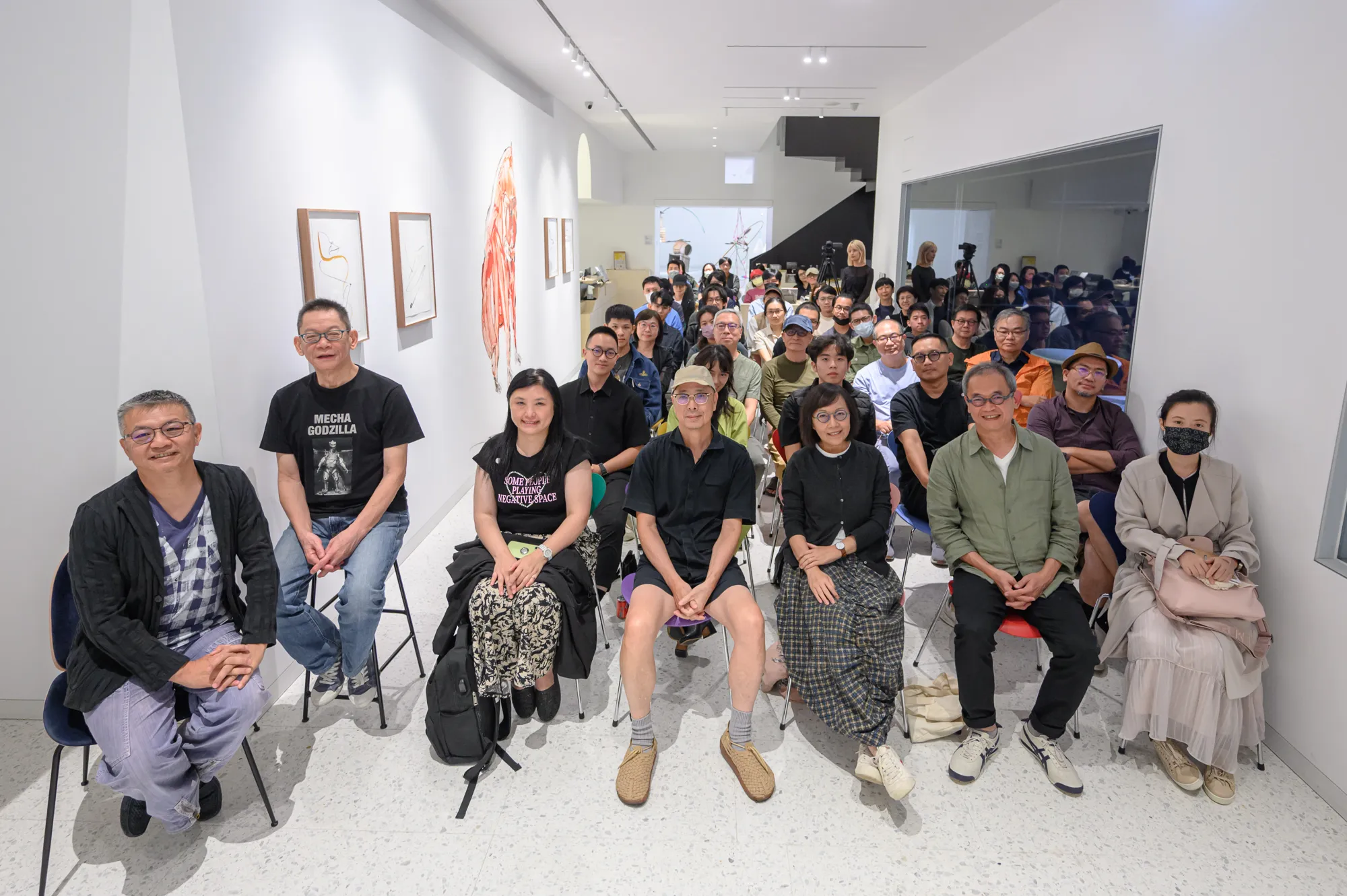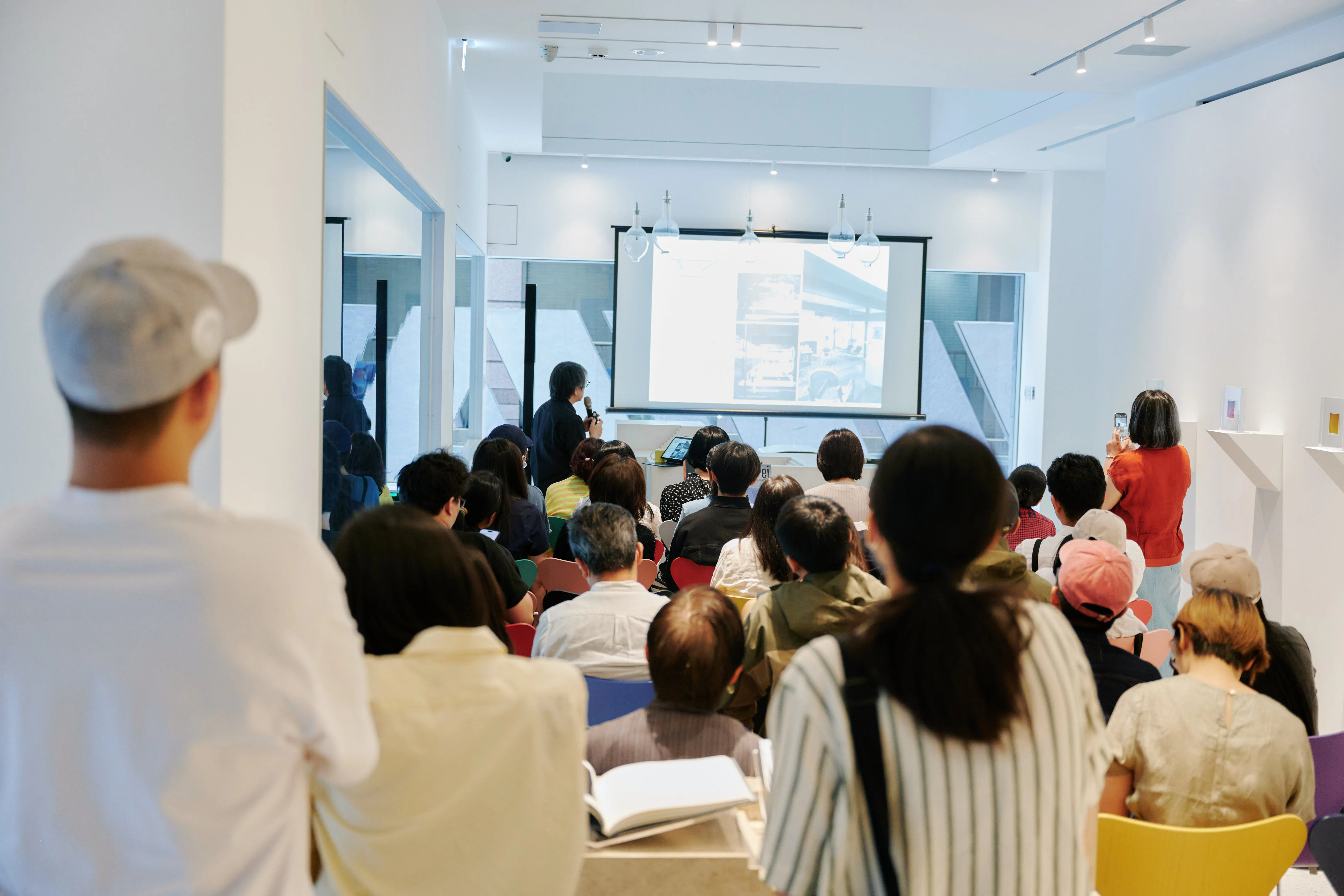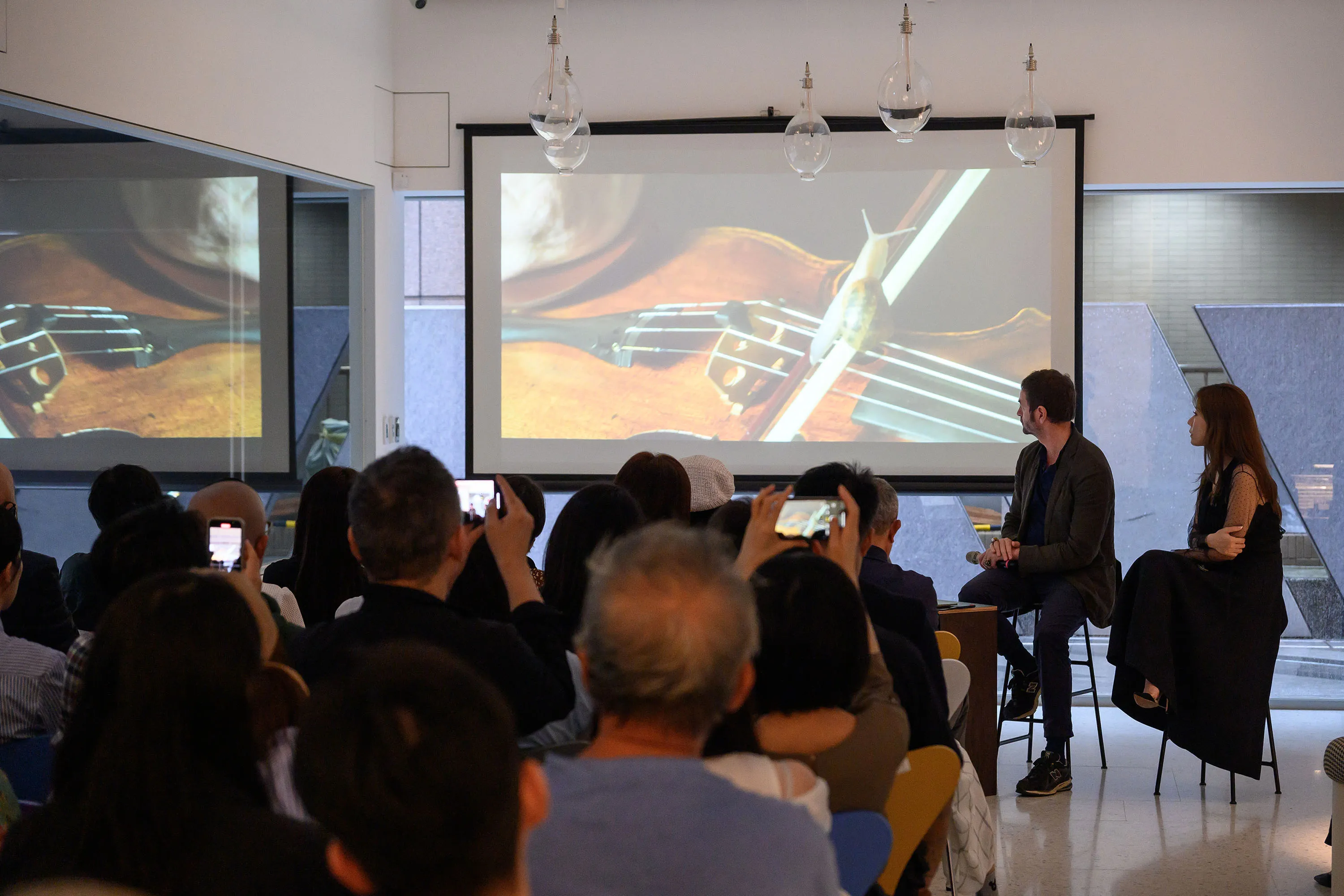
Architecture Salon| How to Be Modern? What Is Architecture?
Speakers
Ching-Yueh Roan Architect and Novelist
Tseng-Yung Wang Architectural critic
Host
Chun-Hsiung Wang Director, Department of Architectural Design, Shih Chien University
Location
Winsing Art Place (No. 6, Lane 10, Lane 180, Section 6, Section 6, Minquan East Road, Neihu District, Taipei City)
Fee
Admission is free and requires prior registration
Introduction
Guo Xuhuan and Huang Hui-mei took a deep dive into the design methodology of contemporary Taiwanese urban architecture through the exhibition “Space of Time” and refocused the user experience of the building. The exhibition includes their architectural creations from the past 25 years, where the two never found an opportunity to wake up from the delay of everyday life that rotates day after day. Creating the image of tiny but impossibly brilliant spaces in urban gaps revives the infinite possibilities of space over time and makes everyday life better.
Exhibition Series Lecture Series 5th【How to be Modern? What kind of building?] , specially invited two acquaintances of Nguyen Ching-yue (architect, novelist) and Wang Tse Wing (architectural critic). The talk will focus on the relationship between Guo Wong's architecture and modern urban life from a perspective on the evolution of global modernity and its localization.
Event Recap
Human life has gradually become “modern” since the Industrial Revolution, but what is modernity? Born as a term relative to the classics, the meaning of “modern” has changed over time, from a science-based way of life to democracy and local thinking, modern life is different in every place today, so the definition of modernity is of course different. Then What is modernity in Taiwan? Despite the acceptance of Western-derived, universal, and easily communicable rational thinking, we non-Westerners are always at odds with so-called modernity in terms of traditional values. SOME TAIWANESE ARCHITECTS QUESTION THE MODERNITY OF ABSOLUTE RATIONALITY BY ADDING HISTORICAL LANGUAGE OR SENSUAL ELEMENTS TO THEIR DESIGNS; SOME SKIP TRADITIONAL REGIONALITY AND REFLECT THE PRESENT SITUATION WITH THEIR INNOVATIONS; SOME ARE GOOD AT MASTERING UNIVERSAL THINKING PATTERNS AND AESTHETICS, BUT ARE NOT UNIVERSALLY PRESENT Generational assemblage, rather than a way of spreading one's own way of life in a metropolis, is what large-scale buildings belong to: “local modernity” that can coexist with the global. Architecture is not something that can be done by one person, neither is modern nature; each winding path is unique, there is no single and correct path, and the different footprints left by generations can form an architectural trend.

